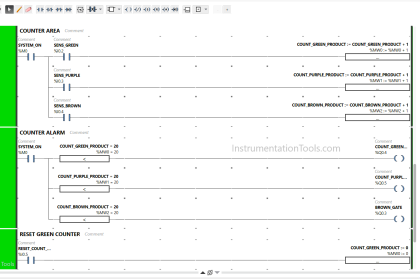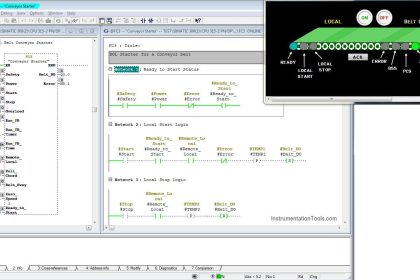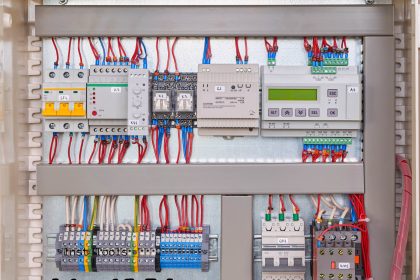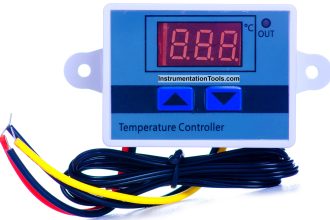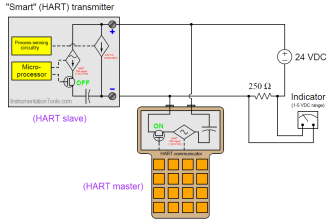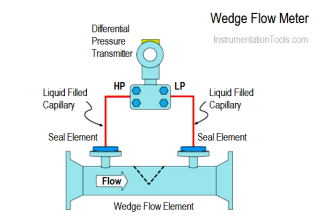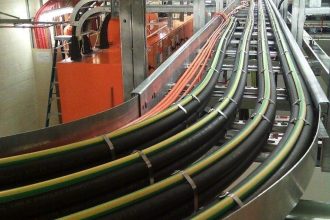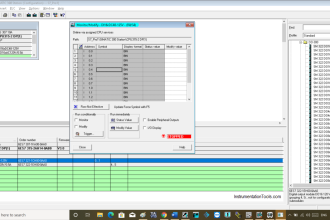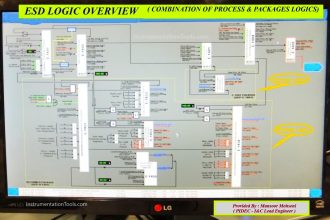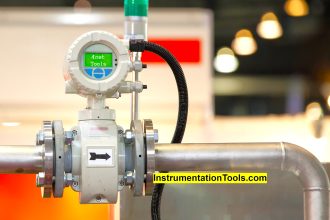OPC stands for Open Platform Communications or some say OLE (Object Linking and Embedding) for Process Control. It is a type of protocol used in Industrial Automation.
The OPC is always used in the Client/Server pair. The OPC server converts the hardware communicated data from PLC into OPC protocol. So that other software like SCADA can access the data.
The OPC server is a program that often connects with hardware like HMI to get the data and convert it into OPC protocol.
The OPC client communicates with the OPC server to receive data or send commands to the hardware.
OPC
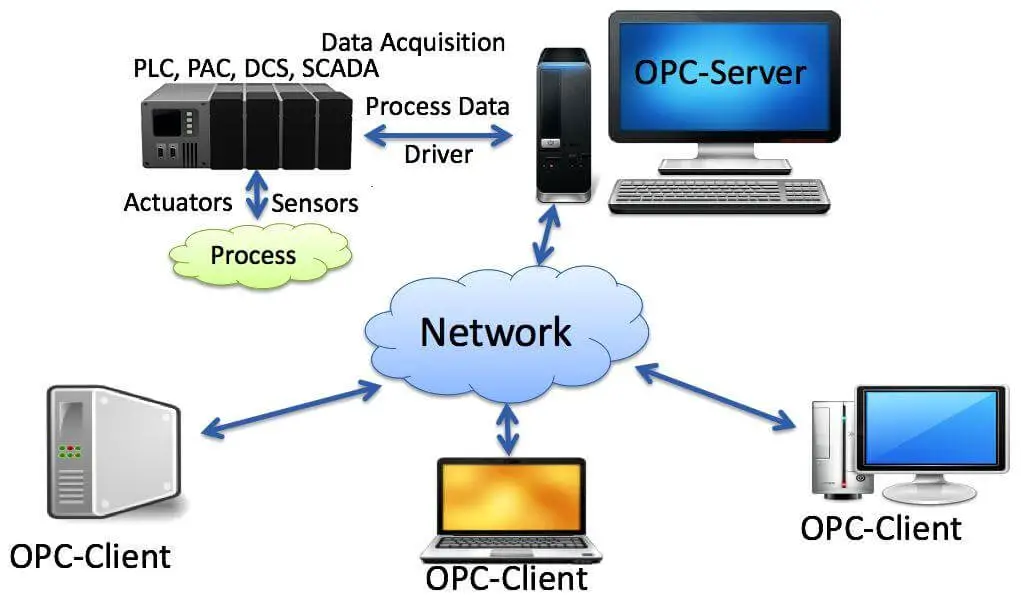
Image Credits: halvorsen
Usually, the OPC is implemented in a Single Server – Client in a single system format. But there are some famous alternate methods,
- OPC aggregation – In this method, the OPC Client is connected to several OPC servers to acquire data
- OPC bridging – In this method, the OPC server is connected with another OPC server to share data.
- OPC tunneling – In this method, the OPC client is connected to an OPC server over a network.
The combination of OPC server and OPC client supports many connections. The OPC datahub is designed in such a way to handle all those connections.
In addition to improving OPC server and client connections, the OPC datahub can connect any OPC server or client to other applications as well, including Excel, a web browser, or any other database.
The Following are some of the OPC specifications that are used in Industries,
- OPC AE ( Alarms and Events) – OPC AE servers are used to accept and exchange process alarms and events.
- OPC-HDA (Historical Data Access) – This is used to retrieve historical process data for analysis. This data is typically stored in files, databases, or remote telemetry systems.
- OPC-DA (Data Access) – Provides access to real-time data. We can query the most recent values of temperature, pressure, density, acceleration, and other types of process control data from the OPC-DA server.
Advantages of OPC
Some of the benefits of using OPC are,
- Interoperability.
- Since the client software always going to access data from the server, the Client software has no need to know the hardware protocol.
- Scalability of the system.
Author: Abishek D
If you liked this article, then please subscribe to our YouTube Channel for PLC and SCADA video tutorials.
You can also follow us on Facebook and Twitter to receive daily updates.
Read Next:
- OPC Questions & Answers
- DNP3 Protocol Basics
- Compare Modbus & Fieldbus
- SCADA Communication
- What is the HART Protocol?

